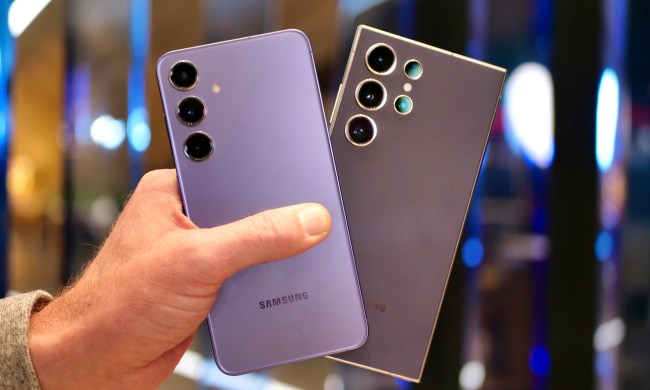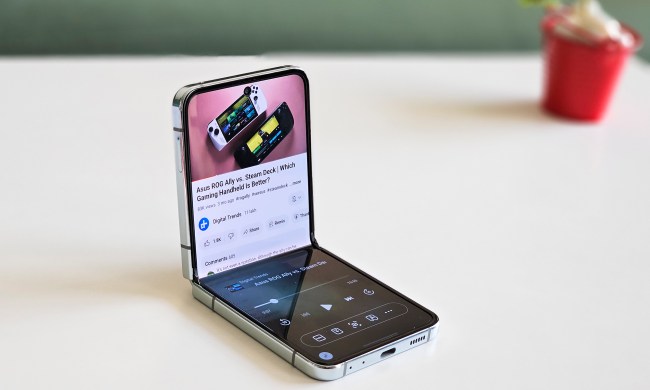
In a memo to staff, Microsoft CEO Satya Nadella says it’s “the right time for [Elop] to retire” from the company. “We are aligning our engineering efforts and capabilities to deliver on our strategy and, in particular, our three core ambitions,” he says. “This change will enable us to deliver better products and services that our customers love at a more rapid pace.”
Microsoft CEO Satya Nadella says it’s “the right time for Elop to retire” from the company.
Terry Myerson, currently Executive Vice President of Operating Systems, will assume Elop’s day-to-day duties as a project leader within Microsoft’s Windows and Devices Group. “[Stephen Elop] oriented MDG to create the best Microsoft experience through its devices, inclusive of hardware, software and services […]” Nadella said. “I regret the loss of leadership that this represents, and look forward to seeing where his next destination will be.”
Stephen Elop, once considered a shoe-in for future CEO at Microsoft, has held a surprisingly quiet role since re-joining Microsoft in 2014. Elop’s long been known as a serious dealmaker, helping to navigate Macromedia’s acquisition by Adobe (as Macromedia’s CEO) and the expansion of Juniper Networks early in his career. He later headed up Microsoft’s business division, before joining Nokia as CEO in 2010.
Elop’s tenure at Nokia was fraught with controversy. He penned a leaked memo in 2011, skewering company leadership for “pouring gasoline on [Nokia’s] own burning platform,” and suggesting a shift from the company’s entrenched Symbian OS to another platform entirely. “The first iPhone shipped in 2007, and we still don’t have a product that is close to their experience. Android came on the scene just over two years ago, and this week they took our leadership position in smartphone volumes. Unbelievable,” he wrote.
That shift came in February 2011, when Elop spearheaded a partnership with Microsoft. Nokia adopted the nascent Windows Phone as the operating system for most of its flagship devices, a move which came to be roundly criticized — over the course of the arrangement, the Finnish smartphone maker trimmed tens of thousands of employees and saw profits decrease by 92 percent. Following years of declining profits and shrinking market share, Elop engineered a $7.2 billion sale of the company to Microsoft. He re-joined the company shortly after.
So, what’ll change in the wake of Elop’s departure? Not much, really. Scott Guthrie and Qi Lu will continue to lead Microsoft’s cloud and enterprise teams and applications and services group, respectively, which lends credence to the narrative that the move is logistical rather than reflective of performance. Whatever the case, don’t worry too much about Elop — a man with his business acumen will no doubt land work elsewhere.


